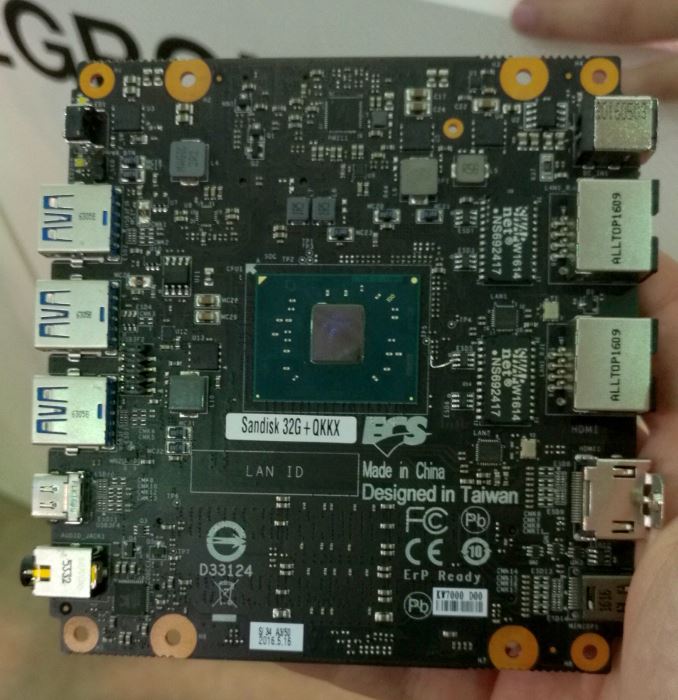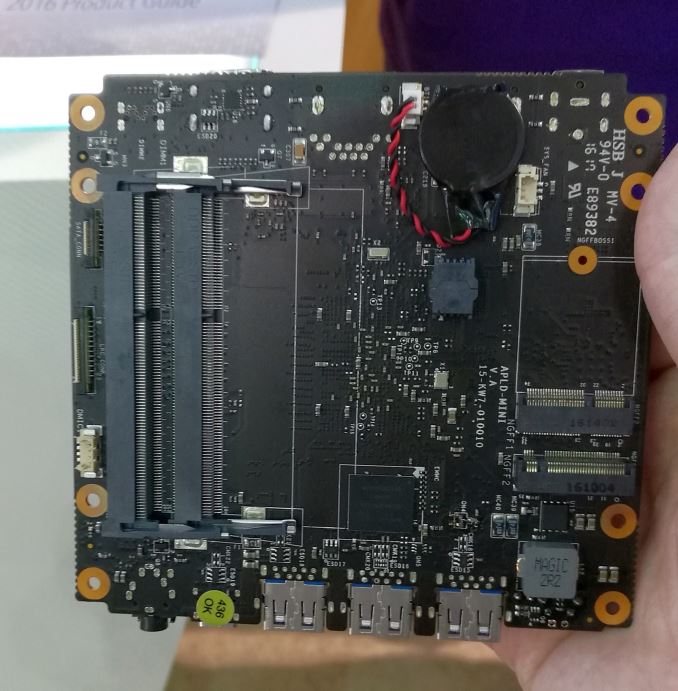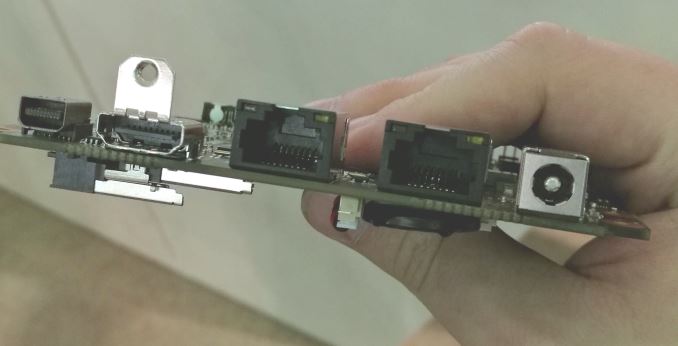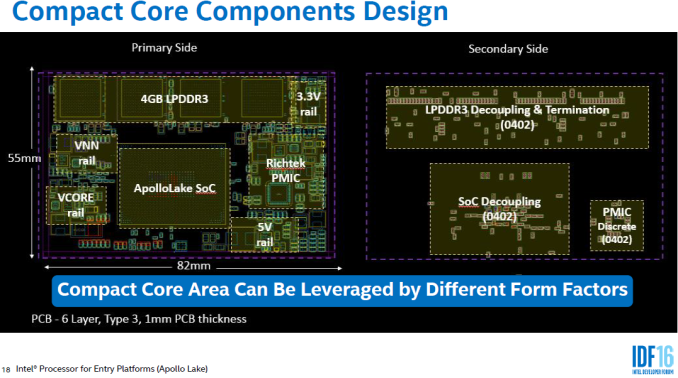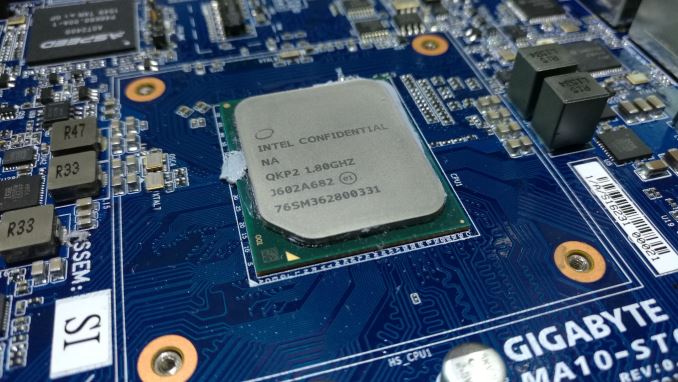MasterCard vuole spingere la diffusione dei pagamenti mobile presso i negozi sul territorio, portando sempre più persone ad acquistare beni e servizi semplicemente sfiorando il terminale di pagamento con il proprio smartphone. La società ha infatti annunciato l’ampliamento del servizio Masterpass, grazie ad una collaborazione con numerosi istituti bancari.
La soluzione di pagamento è stata potenziata per permettere ai consumatori di fare riferimento completamente alla propria banca o emittente di fiducia per effettuare pagamenti digitali veloci, semplici e sicuri da tutti i device e canali, ovunque vogliano effettuare un acquisto: on-line, tramite App, e da oggi anche nei punti vendita fisici attraverso la tecnologia contactless.
Masterpass è infatti attualmente disponibile a livello globale, presso centinaia di migliaia di esercenti online o integrato in App. In Italia le principali banche hanno integrato Masterpass e il 90% dei retailer online attivi nel nostro Paese l’accetta per i pagamenti online, annoverando aziende quali Trenitalia, Alitalia, Italo, Media World, Vodafone, Aruba.it, Ibs.it, Monclick e 3 Italia, attualmente classificati nella top 10.
I consumatori saranno ora in grado di utilizzare Masterpass presso più di cinque milioni di negozi in 77 paesi nel mondo che accettano pagamenti contactless. La possibilità di pagare con Masterpass usando la tecnologia contactless sarà inizialmente disponibile per i proprietari di dispositivi Android provvisti di chip NFC.
Masterpass è l’unica soluzione che consente ai partner emittenti di fornire una soluzione di pagamento digitale completamente brandizzata dalla banca e utilizzabile su tutti i canali. Più di 80 milioni di account verranno automaticamente attivati tramite i partner emittenti a livello globale. La funzionalità di pagamento digitale potenziata aiuta gli emittenti a differenziare i prodotti esistenti, incluse le App di mobile banking, integrando funzionalità di pagamento digitale con nuovi servizi come gli alert per gli acquisti e pagamento attraverso punti fedeltà. Collegando servizi come la tokenizzazione con l’identificazione e la verifica dei titolari di carta compiuta dall’emittente, Masterpass utilizza i metodi di sicurezza più avanzati per proteggere i consumatori dalle frodi.
Il lancio prenderà il via negli Stati Uniti a fine luglio 2016. L’Europa e il Medio Oriente / Africa saranno invece i mercati in cui il nuovo servizio di Masterpass sarà lanciato successivamente e entro la fine del 2016. Ulteriori implementazioni sono previste in Nord America, Europa, America Latina e Caraibi, Medio Oriente e Africa e Asia Pacifico nel 2016 e nel 2017.
“Con miliardi di titolari di carta in tutto il mondo, stiamo lavorando con gli emittenti ed esercenti per garantire soluzioni per i pagamenti digitali che vengano incontro alle esigenze dei consumatori di pagare in modo semplice e sicuro, adesso e in futuro”, ha commentato Craig Vosburg, Presidente di Mastercard, Nord America. “L’espansione di Masterpass rappresenta un’importante evoluzione del nostro business. Stiamo raccogliendo dati e insight generati dalle soluzioni di pagamento digitali per arricchire le esperienze dei consumatori ed esercenti”.
Autore: Le news di Hardware Upgrade



